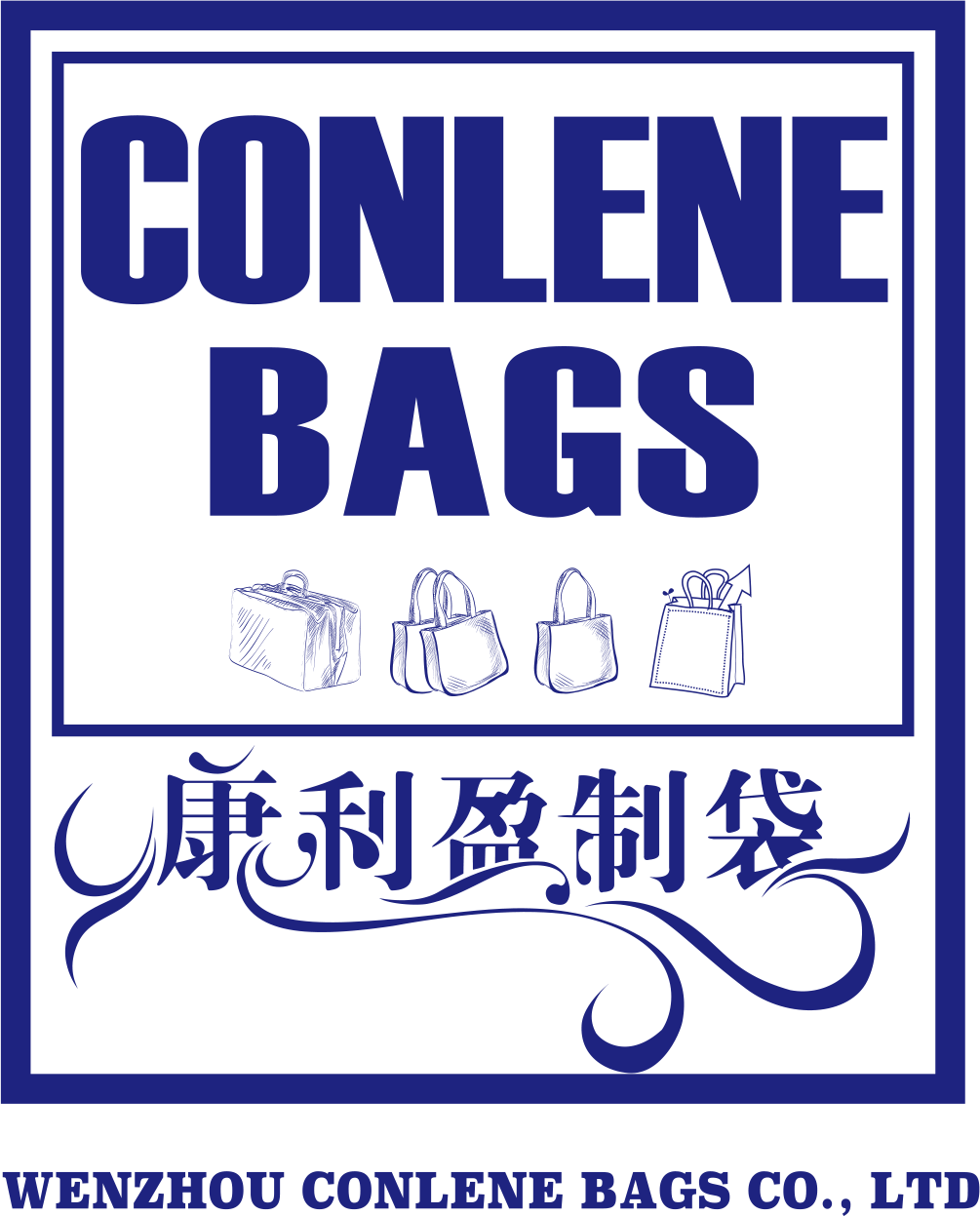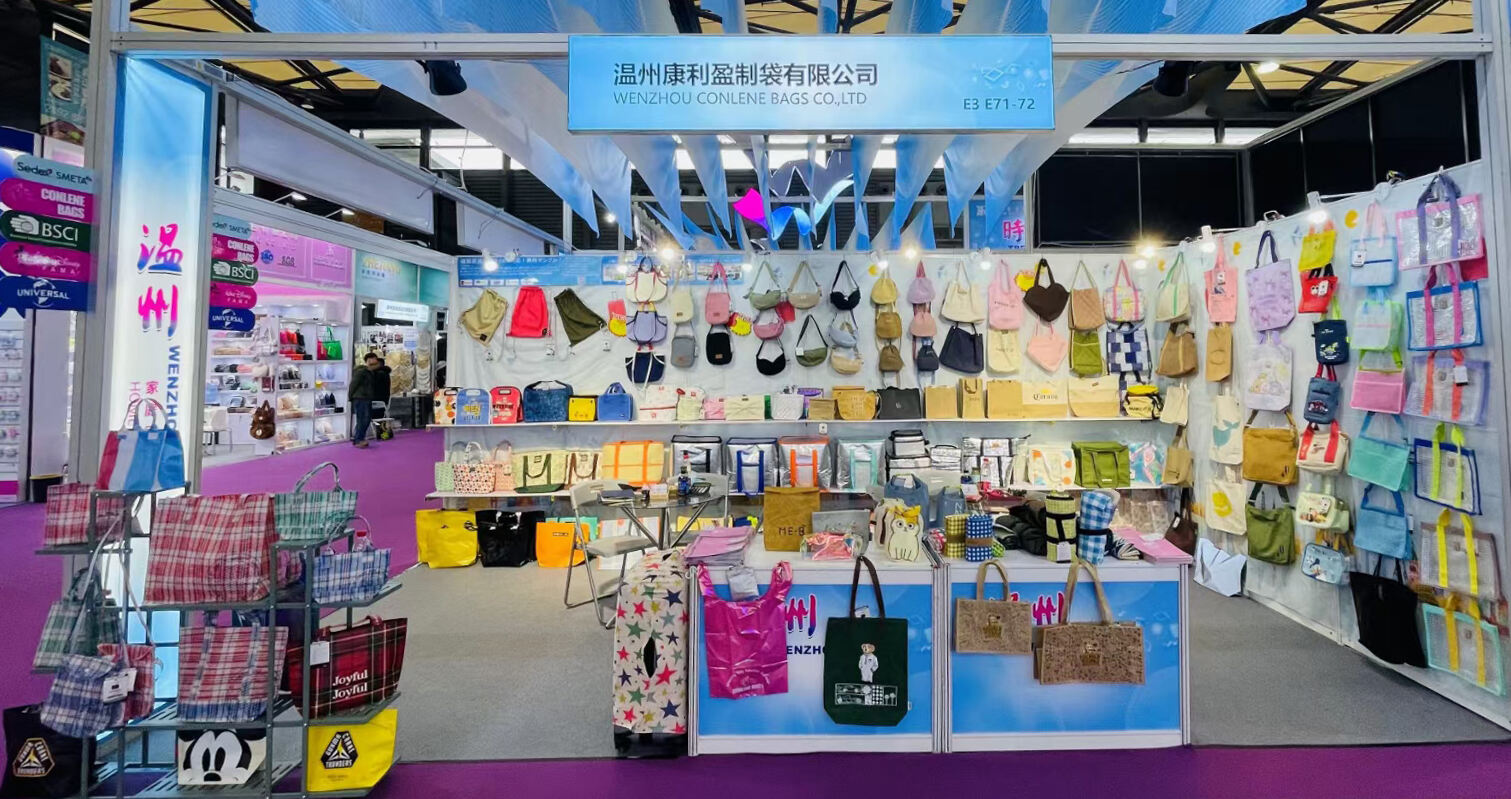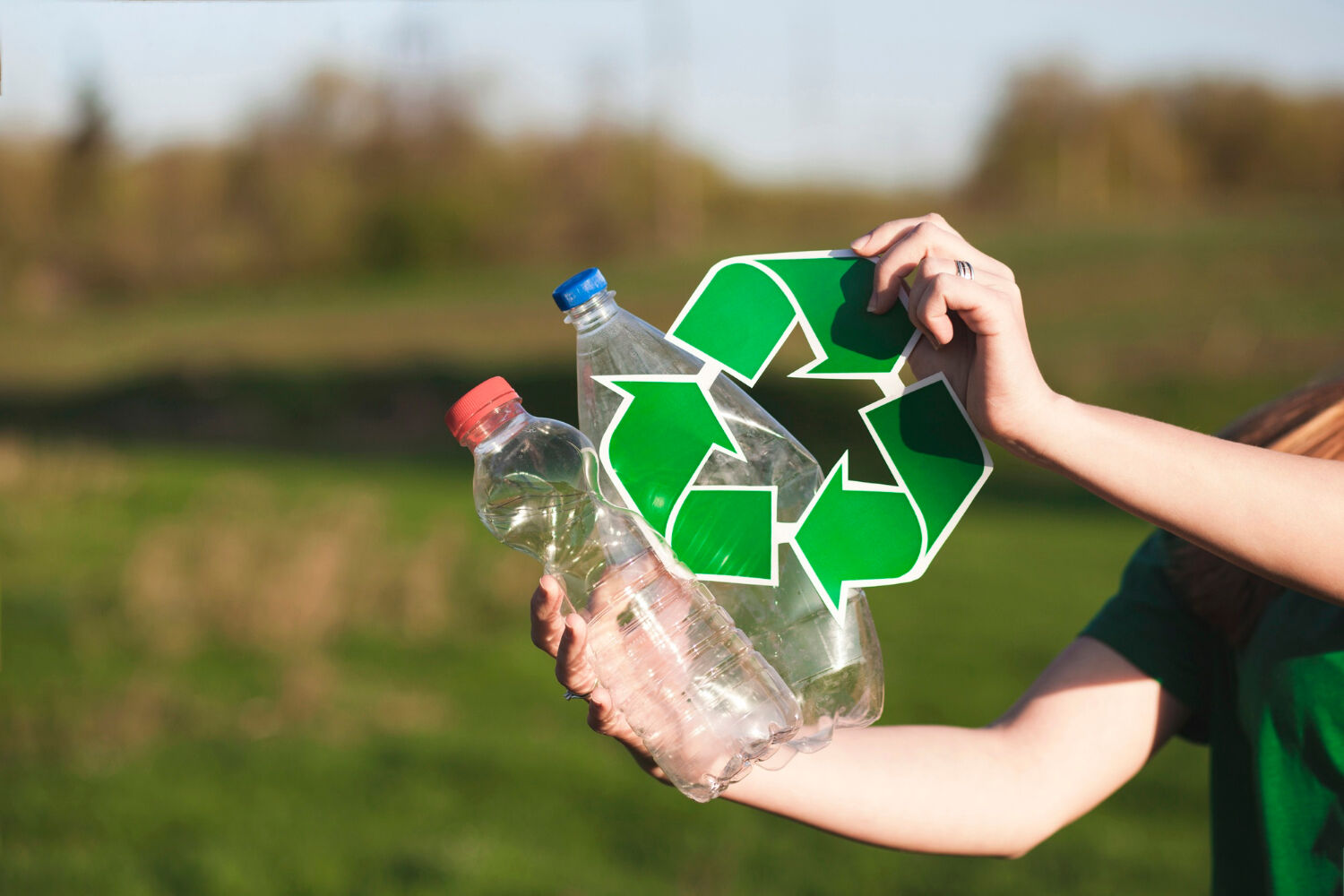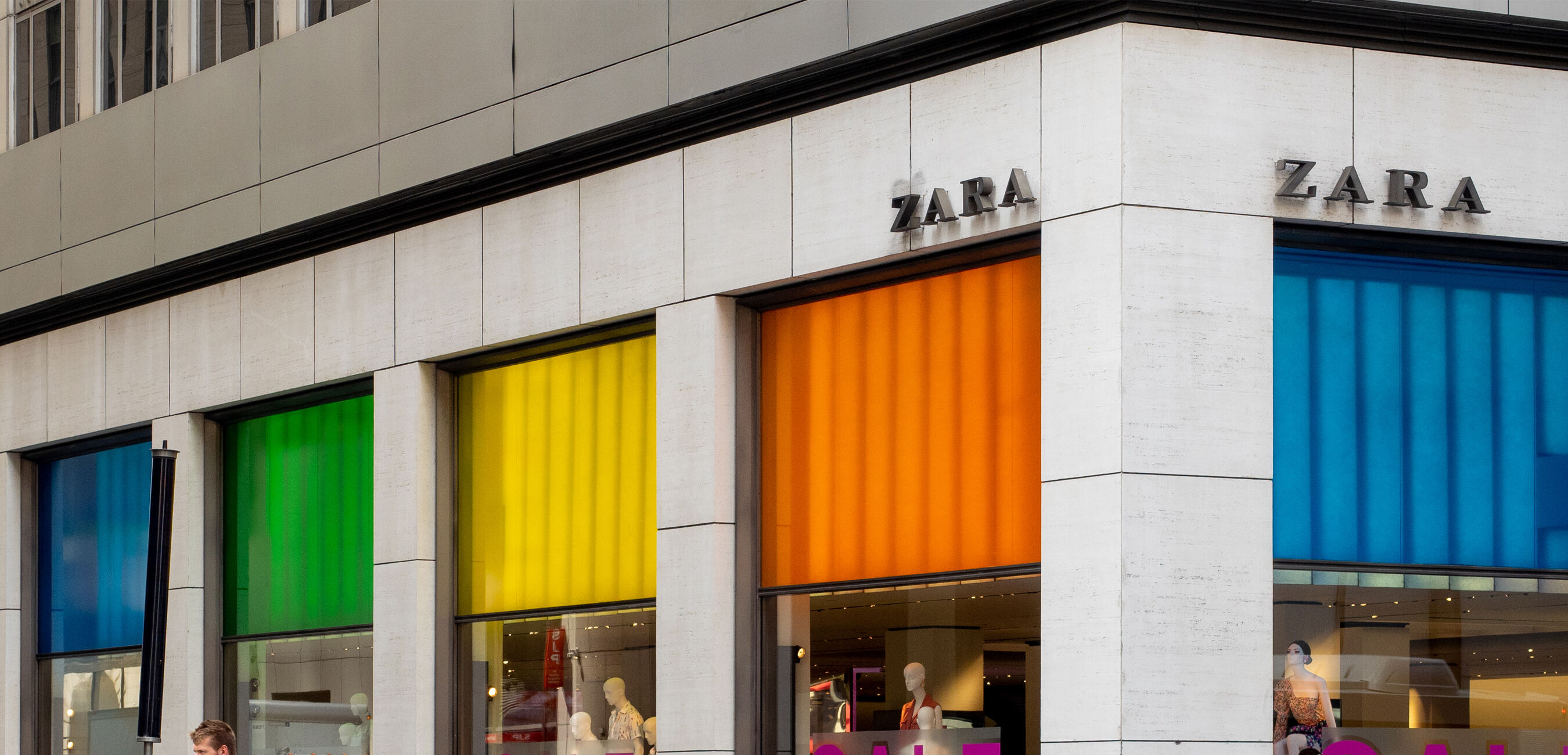
Selecting the perfect makeup bag is more than just picking a cute accessory; it's about finding a reliable companion for your daily routine or travels. A cloth makeup bag offers a unique blend of softness, lightweight design, and environmental friendliness, making it a popular choice. However, not all cloth bags are created equal in terms of durability and functionality. This guide will walk you through the key factors to consider, ensuring your choice stands the test of time while perfectly organizing your essentials.
Fabric Quality and Material Matters
The foundation of any durable cloth makeup bag lies in its fabric. High-quality options often use tightly woven materials like canvas, polyester blends, or reinforced cotton. These fabrics are renowned for their resistance to tearing, abrasion, and daily wear. At Conlene Bag, our makeup bags are crafted from premium, densely woven fabrics that are not only tough but also easy to clean. A good material should feel substantial yet flexible, providing protection for your cosmetics without adding unnecessary bulk.
Reinforced Stitching and Construction
Examine the stitching closely. Durability heavily depends on reinforced seams, especially at stress points like zipper ends and handles. Double or triple stitching is a hallmark of a well-made bag, preventing seams from unraveling over time. Our products feature robust, precision stitching that ensures the bag maintains its shape and integrity, even when fully packed. Pay attention to how the zipper is attached—it should lie flat and be securely anchored to the fabric.
Functional Design and Smart Features
A durable bag must also be highly functional. Look for features that enhance longevity and usability. A water-resistant or laminated interior lining is crucial for preventing leaks and stains from damaging the fabric. Multiple compartments, including padded sections for fragile items, help organize contents and reduce internal friction that can cause wear. Our cloth makeup bag collections include thoughtful designs with easy-to-clean linings and logical pocket arrangements, making them both practical and long-lasting.
Zipper Quality and Closure Security
The zipper is a critical component often overlooked. A durable cloth makeup bag should have a smooth, sturdy zipper made from materials like metal or high-grade plastic. It should glide effortlessly without catching the fabric. Rust-resistant zippers with large, easy-to-grip pulls add to convenience and durability. We use premium YKK zippers in our bags, known for their reliability, ensuring secure closure and repeated use without failure.
Size, Shape, and Practical Considerations
Consider what you carry daily. A bag that’s too small forces overstuffing, straining seams and fabric, while one too large may lead to items shifting and causing internal damage. Choose a size that accommodates your essentials with a little extra space. Structured shapes better protect contents, whereas softer bags offer flexibility. Our range includes various sizes and shapes, from compact pouches to spacious organizers, all designed with daily resilience in mind.
Ease of Maintenance and Care
A truly durable bag should be easy to maintain. Removable inserts or machine-washable fabrics (always check care labels) can significantly extend the bag’s life. Regular cleaning prevents buildup of makeup residues and bacteria. Our cloth makeup bag products are designed for low-maintenance care, with many styles wipe-clean or suitable for gentle washing, helping them look new for longer.
Brand Reputation and Value Assurance
Finally, consider the brand’s commitment to quality. Established brands often back their products with warranties or guarantees, reflecting confidence in durability. At Conlene Bag, we combine stylish designs with rigorous testing, ensuring each bag meets high standards of craftsmanship. Investing in a reputable brand means investing in a cloth makeup bag that will serve you reliably for years.
In summary, choosing a durable cloth makeup bag involves evaluating fabric, construction, functionality, and brand trust. By focusing on these aspects, you can find a bag that not only organizes your beauty essentials efficiently but also withstands the rigors of everyday use.










